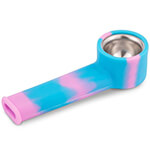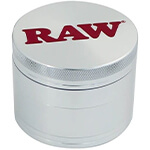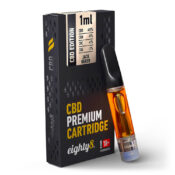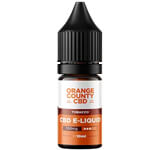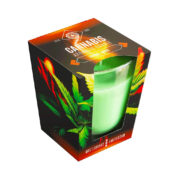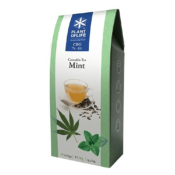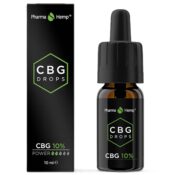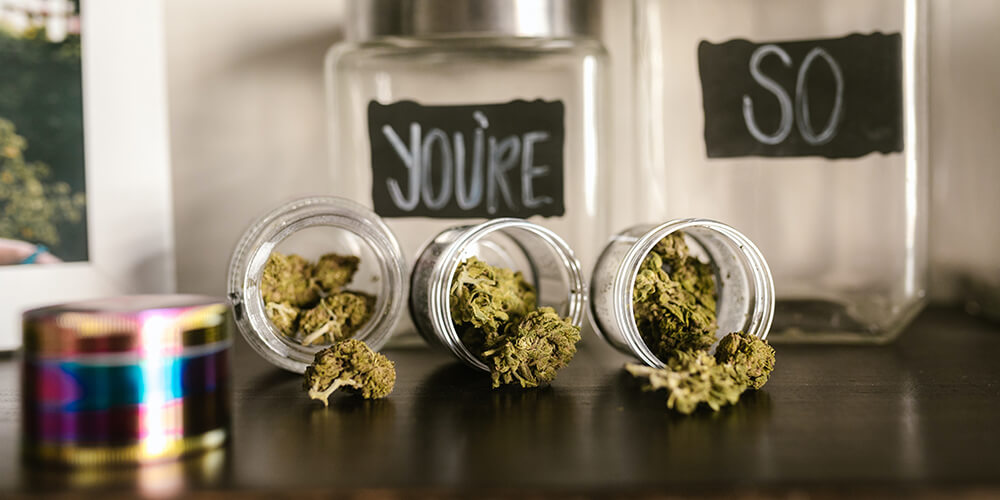
What is CBG and What Is It For
Unlike its famous notorious chemical counterparts, such as THC, CBD, and CBN, CBG also known as Cannabigerol is a less-known non-psychoactive cannabinoid.
Studies have linked Cannabigerol with a wide range of potential health benefits, including pain relief, neurologic disorders care, and even cancer prevention. And like other CBD compounds, CBG can also help enhance the quality of life when taken in proportionate amounts.
Your customers may ask you about this specific cannabinoid, and you must be prepared to give the proper answer. So what is CBG, and why exactly should they care about it? Can it make an excellent part of their wellness routine regimen? This article highlights everything you need to know about CBG. Keep reading to stay informed.
1. What is Cannabigerol (CBG)?
Cannabigerol (CBG) is a non-psychoactive cannabinoid found in most strains of cannabis. It interacts with the body’s endocannabinoid system, which helps to regulate mood, enhance appetite, memory, and relieve pain.
CBG is considered a minor cannabinoid because it exists at very low levels in cannabis plants compared to THC and CBD. As it’s non-psychoactive, CBG doesn’t get your customers high. But it does have therapeutic potential.

2. Where Does CBG Come From?
Like all cannabinoids, CBG emanates from the cannabis plant. However, not all plants produce much CBG. In fact, most strains of marijuana are very low in CBG because the plant usually converts most of the cannabigerolic acid (CBGA) into other cannabinoids such as tetrahydrocannabinolic acid (THCA), cannabidiolic acid (CBDA), or cannabichromenic acid (CBCA).
Discover more about how cannabinoids are extracted here.
However, some varieties of cannabis may be bred to produce larger amounts of CBGA and other cannabinoids. The plant starts out with higher concentrations of CBGA and then uses that to create the different phytocannabinoids through enzymatic processes. It’s even possible to use genetic engineering to create microorganisms that produce these unique cannabinoids including CBD and THC.
3. How Does CBG Work?
The human body features the endocannabinoid system (ECS) which helps regulate sleep, appetite, mood, pain management, and many other functions. The ECS produces cannabinoids of its own (endocannabinoids), which are similar to those produced by the cannabis plant (phytocannabinoids).
CBG binds to the receptors in the ECS, where it enhances the activity of anandamide, a neurotransmitter responsible for pleasure, motivation, appetite control, and pain relief.
Remember, CBG is non-intoxicating, which means your customers won’t feel high or drowsy after use.

Source: cbdpillow.com
What Are the Potential Benefits of CBG?
Some potential benefits of CBG include:
Antibacterial Properties
Research indicates that CBG may have powerful antibacterial effects. This study shows that CBG can be effective in fighting MRSA as well as several other common antibiotics.
Reducing Inflammation
CBG may help relieve inflammation by suppressing inflammatory cell activity. Inflammation results from an overreaction of the body’s immune system and can lead to tissue damage. Certain illnesses are characterized by inflammation in the body, including rheumatoid arthritis (RA), inflammatory bowel disease (IBD), and psoriasis.
Reducing Pain
Research suggests that CBG inhibits endocannabinoid reuptake and increases anandamide levels in the brain, leading to pain reduction. A study on rats showed that CBG could effectively block the pain caused by inflammation of the digestive tract and colon.
Increasing Appetite
Some preclinical studies have found that CBG can increase appetite in rats with colitis, and reduce nausea and vomiting in those at risk for chemotherapy-induced nemesis.
Inflammatory bowel disease (IBD)
CBG has proven to regulate inflammation at a cellular level, as well as on the gut’s barrier function.
This means that CBG may be helpful in the treatment of conditions like Inflammatory Bowel Disease (IBD) and ulcerative colitis. These are two common chronic conditions related to the gut’s inability to properly regulate its own inflammatory response.
Muscle Relaxant
Some preliminary research has indicated that CBG may help reduce muscle contractions.
In high concentrations, CBG is known to inhibit cell growth in tumors and cancer cells and aid in treating glaucoma by lowering intraocular pressure. Other potential benefits include reducing anxiety and improving mood.
Several studies also prove that the presence of CBG can mitigate the effects of THC in some strains of cannabis, which suggests that it might be beneficial for people trying to avoid getting “too high” from THC or CBD products.

CBG vs. CBD
Don’t confuse CBG with CBD, one of the most commonly known cannabinoids. The two are closely related, but there are some key differences between them.
CBD and CBG both interact with your customer’s endocannabinoid system and have similar effects on the body. Both have proved to help treat symptoms of anxiety, nausea, and depression.
The main difference between the two is that CBD can be found in high quantities in cannabis plants, while CBG is usually only present at very low levels. For this reason, it can be difficult to produce CBG at a scale that makes it widely available.
Wrapping Up
As you can see, Cannabigerol is an amazing chemical compound with an incredible amount of potential. The only thing that stands in the way is inefficient research and studies on this cannabinoid. CBG is certainly a very exciting cannabinoid to keep our eyes on as the future of cannabis research unfolds.
Learn more about cannabinoids here,
Discover all the wholesale CBG products you can offer to your customers from our platform,
Subscribe & Stay Updated
Get notified about our new products, promotions, events and articles from the cannabis industry!
[mc4wp_form id=”27247″]


